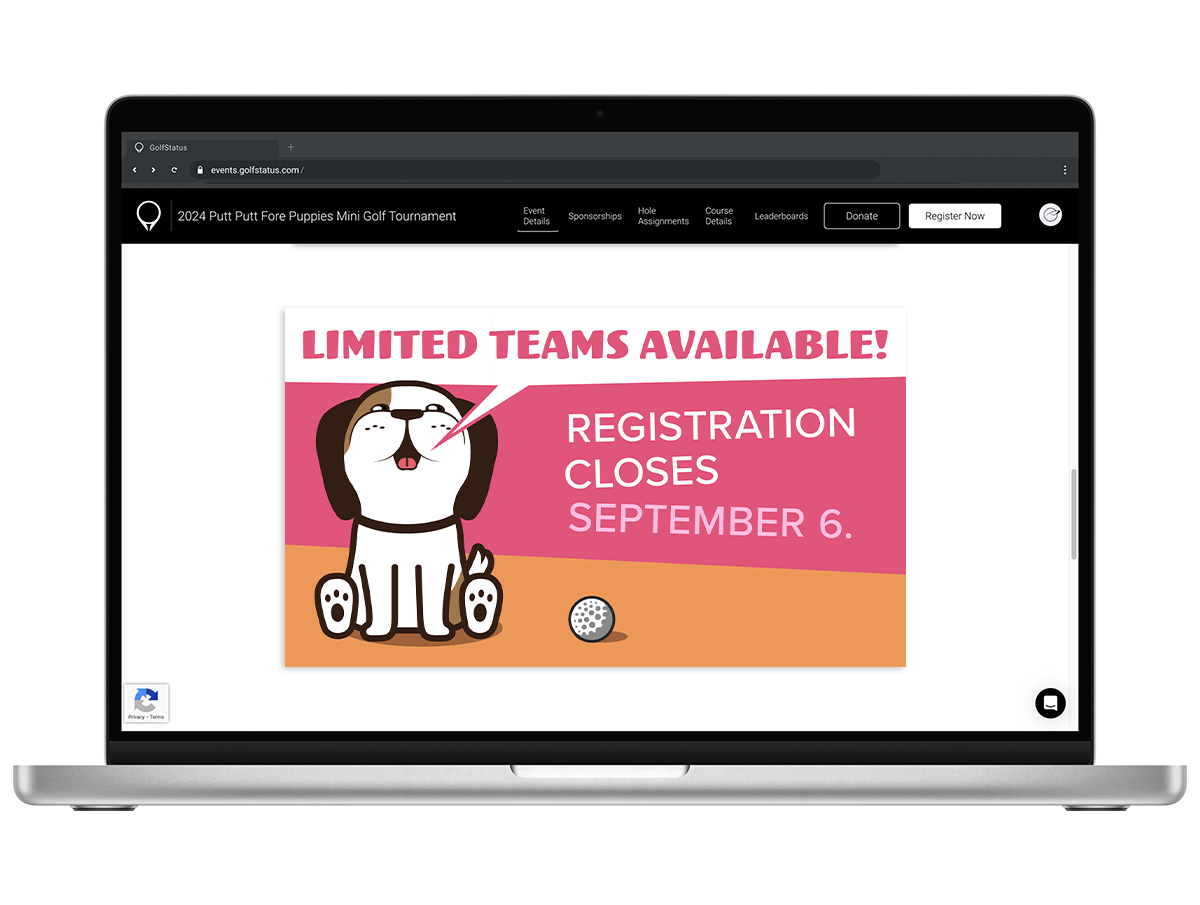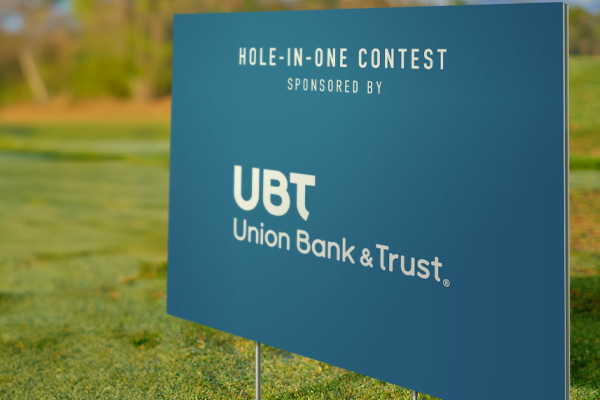Coalition 4 Kids, a Tennessee-based nonprofit that serves vulnerable youth in low-income, high crime areas, has been chosen as the winner of a $10,000 donation as part of GolfStatus’ 2024 Play it Forward giveaway.
For the fourth year, the giveaway was presented in partnership with Dormie Network, a collection of luxury, private destination golf clubs, and its charitable arm, Dormie Network Foundation. The goal of Play It Forward is to celebrate those who use golf for good. Golfers, nonprofits, and the general public were asked to nominate a golf tournament fundraiser for a $10,000 donation, and the nominator was entered to win a Stay and Play package from Dormie Network.
Empowering Kids
Coalition 4 Kids began in 1998, offering after school and evening activities for vulnerable children in one of the lowest-income and highest crime areas in Johnson City, Tennessee. Since then, the organization has expanded into all Washington County and Bristol, Tennessee schools, providing a nurturing environment for over 1,200 students every day to achieve academic, physical, spiritual, and social growth. Its annual golf fundraiser, The C4K Golf Classic, helps raise operational costs for their programming.
The annual C4K Golf Classic helps raise funds for the organization's after school and summer programming.
Executive Director Randy Hensley says the $10,000 donation will immediately be put towards supporting and serving under-resourced children after-school. “We are the safety net for these kids—their family, their education system, their mentor,” he says about their program that provides help with homework, math, reading, character building, spiritual guidance, healthy extra-curricular activities, afternoon snack, and a hot supper—all at no cost to families. “You can change somebody’s whole life if you simply love them where they are and walk with them,” he says.
Golfing for good
Over 700 organizations and golf events were nominated for Play It Forward in 2024. The runner-up, Idaho Golf Fellowship’s Hope House Shamble, received a complimentary hole-in-one contest insurance package from GolfStatus to be used as an additional fundraising opportunity.
Since its inaugural campaign in 2021, Play It Forward has been a hallmark of GolfStatus and Dormie Network’s commitment to give back to those who use golf for good. Past winners include:
Nonprofits like Coalition 4 Kids can qualify to use GolfStatus’ golf event management platform at no upfront cost through the Golf for Good program. It’s built just for golf events, with baked-in tools and automations to save busy tournament organizers an average of 40 hours per event and help raise an extra $10,000 or more. There’s no risk and a ton of reward. Click below to learn more and get qualified.












































